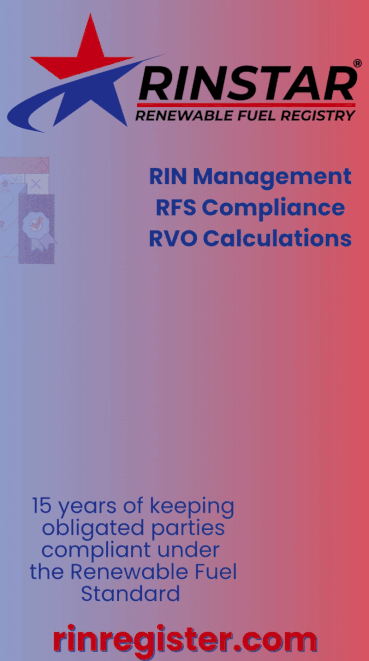German researchers study B10 stability in PHEVs
- Ron Kotrba

- Oct 19, 2020
- 4 min read
A very small percentage of passenger vehicles in the U.S. are diesel-powered, but in Europe―and in many other places around the world―this is not the case. In 2014, only 3 percent of U.S. vehicle sales were diesel, most of which were pickup trucks, but in Europe that same year the diesel share of passenger vehicles was about 50 percent. While data show this percentage of diesel passenger vehicles in Europe may have dropped since then, diesels still make up an appreciable portion of the European passenger vehicle fleet.

It only follows then that, in the U.S., most hybrid passenger vehicles are fueled by electric power and gasoline, while in Europe many are fueled by electric power and diesel fuel.
Results from a recent German research project, "Fuels for PHEV Vehicles"―wherein "PHEV" stands for plug-in hybrid electric vehicles―showed that, when properly dosed with a stabilizing additive, diesel fuel blended with 10 percent biodiesel maintains operational reliability for at least nine months.
The reason for the study was that given the nature of PHEVs, liquid fuels can be expected to sit in the tank much longer than for conventional vehicles. "While the fuel in diesel vehicles is designed for a dwell time of about 90 days, dwell times of several months (six to nine) can be expected in PHEV vehicles depending on driving behavior," stated the Union zur Förderung von Oel- und Proteinpflanzen e.V. (UFOP).
The current DIN EN 590 diesel fuel standard only allows up to 7 percent biodiesel, but the researchers of this new study determined that blending of rapeseed biodiesel and a rapeseed/soybean biodiesel mixture in 10 percent blends with petroleum diesel "is technically possible." I feel like we should all know this, right? Even so, if we are to ever have any hope of modifying fuel standards to allow higher biodiesel blends, rigorous and voluminous testing must be done to satisfy any potential opposition.
Various work over the years in the U.S. at NREL performed notably by Earl Christensen, for which he was honored with two awards from the National Biodiesel Board in late 2017 and early 2018, has shown that B20 blends can be stable for at least a year.
"There's a lot of concern with biodiesel because it can behave differently from hydrocarbon diesel," Christensen said in a 2018 NREL press release. "Biodiesel oxidizes almost in the same way as the fats and oils that it's made from. It's a good thing from an environmental perspective, if biodiesel spills it will biodegrade. But from a storage and handling perspective, especially long-term storage, it’s something people worry about."
The release states that, while it's well-accepted in the industry that biodiesel blends are stable for up to six months, manufacturers have expressed concern about stability for applications that call for less-frequent use―such as PHEVs discussed above.
"Most diesel fuel doesn't sit around that long," Christensen said. "But there are applications that call for less-frequent use like home heating oil, backup generators, infrequently used vehicles, where fuel needs to be stable for well over a year, even up to three years. So, we needed to know, can biodiesel last that long?"
Christensen was recognized twice for proving that biodiesel can indeed last that long. Through accelerated testing of B20 blends he discovered that fuel samples from around the country are already lasting at least a year in storage. Christensen and his team at NREL also established a protocol for monitoring fuel over time, and re-additizing it with stabilizer to last stay good for three or even four years.
As a result of Christensen's findings, the NBB extended the recommended shelf life of biodiesel from a minimum of six months to one year.
Back to the German study, UFOP stated, "In order to stabilize these fuel blends over a longer period of up to nine months, an additive was included, the effectiveness of which was verified by regular fuel analytical tests in the laboratory. The additive stabilized the fuel mixture over the entire period, which should ensure the safe operation of vehicles. However, engine tests were not included in the investigation. For future applications, the additives may have to be adapted to the type of FAME (fatty-acid-composition) used. A further result of the investigations is that the aging behavior of the fuel blends is also based on interactions between the mineral oil-based fuels and the different FAME, and cannot be attributed solely to the aging properties of the FAME quality."
I think this last point is worth highlighting for a couple of different reasons. On the one hand, this statement appears to do justice for biodiesel, since anytime anything goes wrong with fuel, some people continue to suggest it is biodiesel's fault.
"The filter plugged, it must be biodiesel." "The fuel went bad, that's because of biodiesel." "My bumper fell off and, of course, it was biodiesel's fault."
Although this important sentence from the study three paragraphs above says that the aging behavior of the fuel blends is also based on interactions between biodiesel and diesel fuel, and that the aging behavior cannot be attributed solely to the aging properties of biodiesel, what this doesn't say is what many of us may know―but the general public may not. Today's ultra-low sulfur petroleum diesel fuel has its own stability issues when zero biodiesel is present.
ULSD is not the highly stable, straight-run fuel of years gone by. It is catalytically cracked, which compromises stability and longevity. Furthermore, the sulfur has been stripped away and that sulfur helped keep bacterial growth in check.
Another interesting point from this statement about interactions is that it seems to emphasize the work done for years by the German Biodiesel Quality Management Association (AGQM) in its "no-harm" additive tests.
"It is of great importance for the release of [stabilizers] for biodiesel as blend component that they do not show any unwanted interaction with the diesel fuel, its additives or the engine oil," AGQM states on its website. For a safe use―from blending to the application and combustion in the engine―negative impacts of such additives must be detected beforehand..."
About the recent German study, UFOP noted that "the research group recommends further investigations to optimize the long-term effectiveness between the FAME type or composition and the additive, with the aim of ensuring year-round operational safety."


































